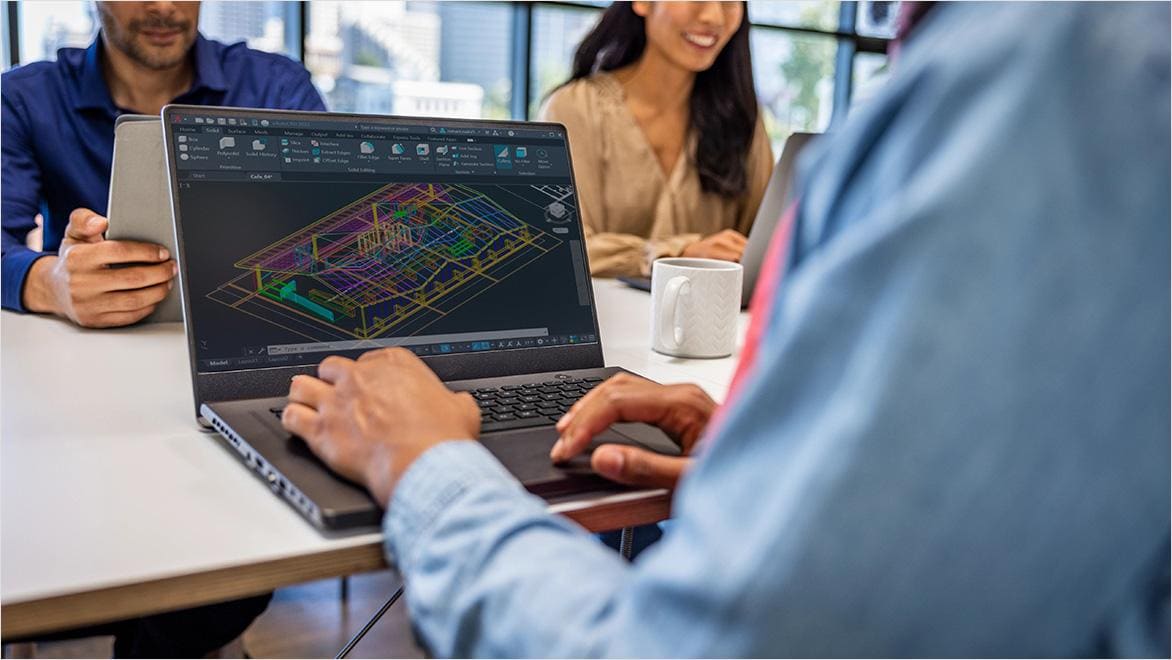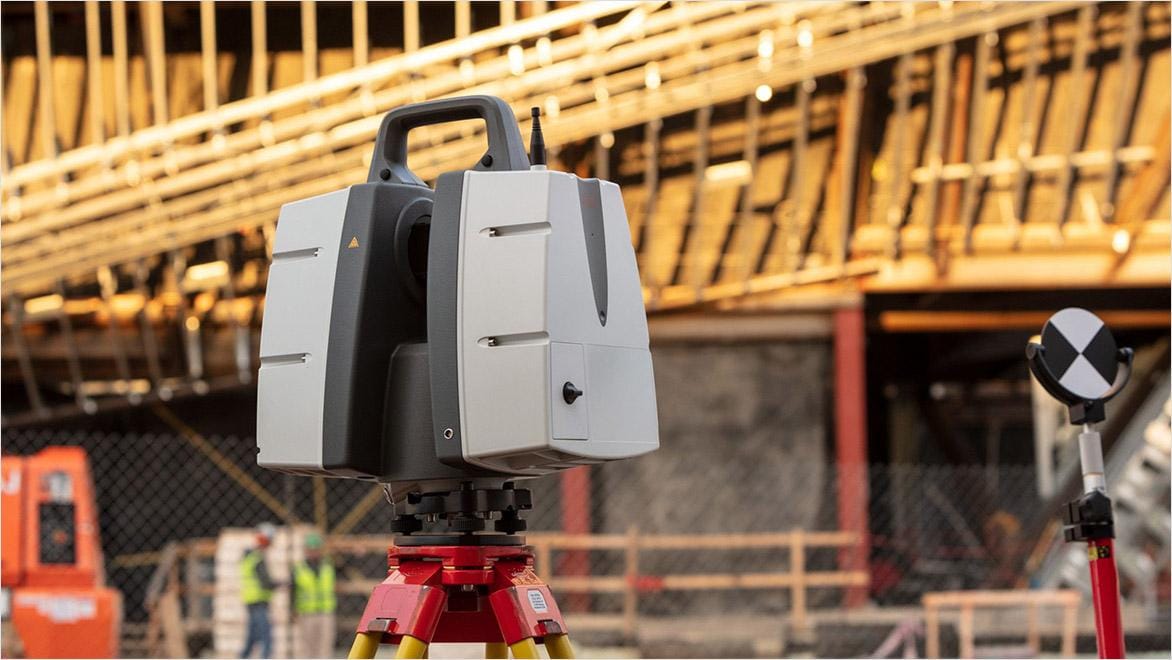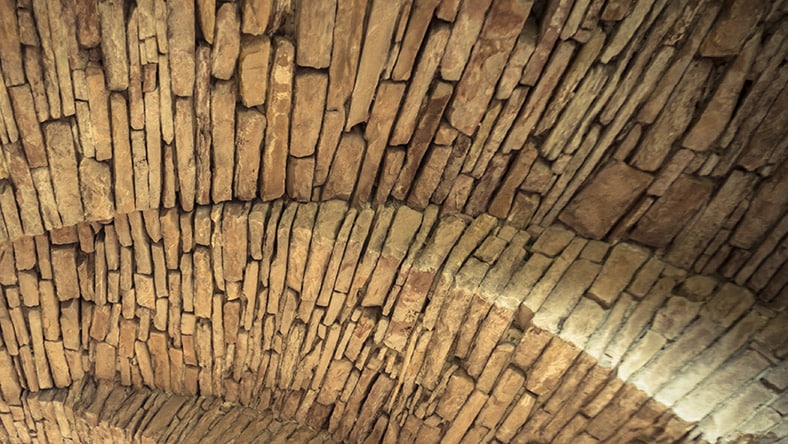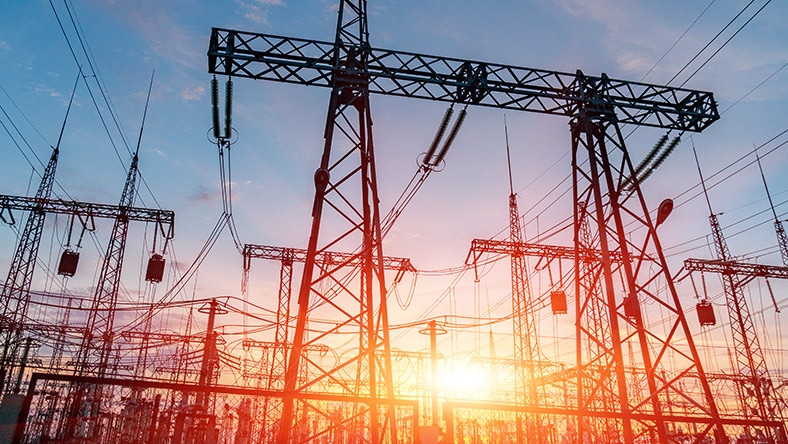The scan-to-BIM process translates the visual, spatial appearance of a building or site and organises it into a legible model filled with actionable data in a matter of hours. This positions it to replace many fundamental building and construction tools, down to the humble tape measure. Scan to BIM is akin to 3D photogrammetry and, depending on how you experience the 3D model, is related to augmented reality (AR(US site)).
The scan-to-BIM workflow begins with a laser scanner that can be attached to an aerial drone, affixed to a stationary tripod, and moved from place to place, or the scanner can be clipped to a person as they move around a site. The laser scanner records points in space corresponding to the geometry of the site – including walls, doors, the ground plane, apertures and more – tracking each point’s position along its x, y and z axes.
The resulting point-cloud contains immense amounts of data. Some scanners can collect two million unique points every second and 600 million points during a five-minute scan. The laser scanner ascertains the location of these points by sending out a light beam and measuring the distance it takes to bounce back and return. Lidar (Light Detection and Ranging) is the primary scanning method, though some scanners use SLAM (Simultaneous Localisation and Mapping) algorithms that can determine the location of the scanner while the point-cloud map is being assembled.










